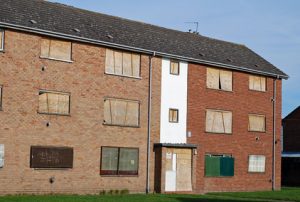 One of the most common misconceptions many new duplex buyers have is the lowest-priced property is automatically the best investment.
One of the most common misconceptions many new duplex buyers have is the lowest-priced property is automatically the best investment.
In my experience, this is rarely, if ever the case.
Many factors determine which properties are good investments. And inexpensive properties are usually cheap for a reason.
For example, the other day I showed a property priced less expensively than others for sale in the same neighborhood. It was in decent condition. Not perfect, but far from requiring an immediate influx of capital to be habitable.
And yet, had an investor purchased it at the current list price, it would have a negative monthly cash flow. Why? Two reasons:
- Bedroom count.
- Neighborhood rent.
The number of bedrooms in a property has a profound impact on the amount of rent a housing provider can charge for rent. Depending on the neighborhood, each additional bedroom may add anywhere from $200-400 more in monthly revenue.
Rental rates are not the same across the Twin Cities. While many neighborhoods are very similar in rent averages, some may demand significantly more, and others well below the norm. Often inexpensive properties are in areas where the latter is the case.
Note: As of today, there are a handful of Twin Cities neighborhoods where rent for a 2 or 3-bedroom unit is virtually the same. It’s important to do your research.
Another common reason a property may be available to purchase at a lower price is the condition. Home repairs and improvements are expensive. Whether a property has broken asbestos siding that needs to be addressed, hasn’t been replumbed, needs a roof, or hasn’t been updated in 50 years, often the cost of addressing them adds up to more than the property would be worth when they are completed.
Of course, less rent and major repairs may also make it possible to acquire a property for less than the asking price. Many sellers, however, don’t feel the property has any challenges whatsoever and a buyer may simply be better served looking for another opportunity.

